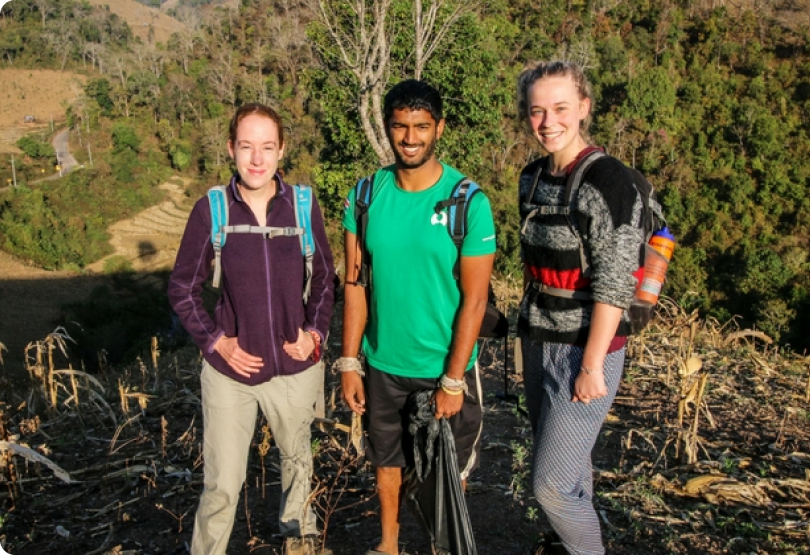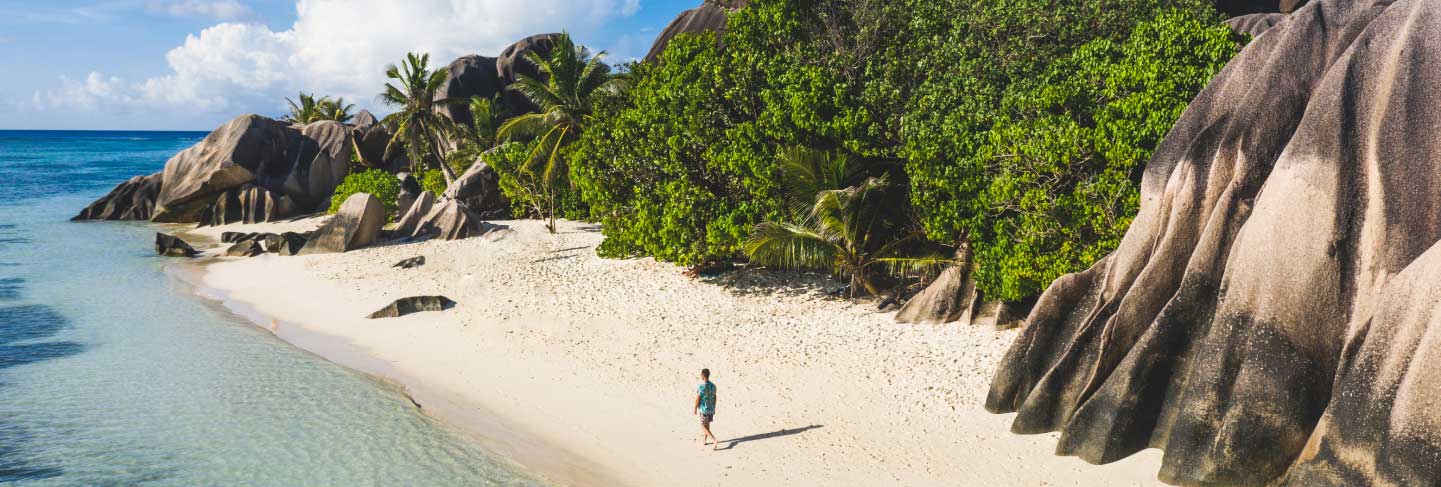Rainforest and Wildlife Conservation Teen Volunteering in Costa Rica
Live with other teens on Costa Rica’s Caribbean coast while learning about rainforest conservation.
Popular program.
Limited availability.
Durations: 2 weeks
Book with confidence
Travel flexibility, because life happens! Modify your booking, even up to 48 hours before departure. T&Cs apply.
Program information
Get ready for the adventure of a lifetime in Costa Rica! Work alongside our local partners to champion sea turtle conservation, aid in coastal cleanups and engage in community recycling projects. You’ll also learn about sustainable farming practices and engage in cultural exchange initiatives. With GVI, every experience is an opportunity to create lasting impact and unforgettable memories.


Grants available for up to USD13,000!
Get a GVI Foundation Grant of up to 80% on conservation programs. Everyone is invited to apply by 30 Nov.
Book with confidence
Travel flexibility, because life happens! Modify your booking, even up to 48 hours before departure. T&Cs apply.
Connect with our alumni
Want to connect with some of our past participants about their adventures? Get in touch with hundreds of friendly ambassadors all over the world who would be more than happy to answer any questions.



Connect with us

Join our Virtual Open Day!





























